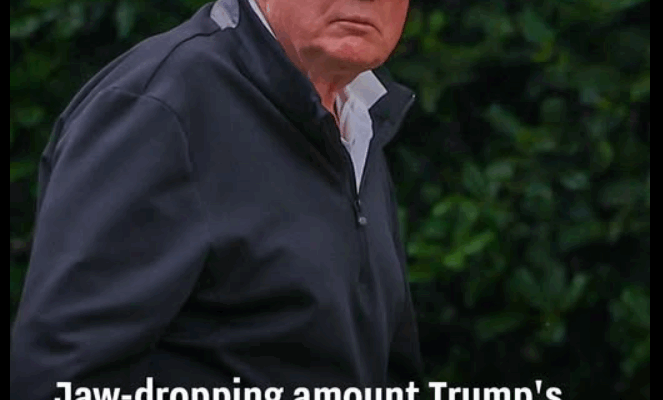Presidential travel is costly and complex, involving extensive security, logistics, and taxpayer funding. Air Force One is just part of a larger system that includes support aircraft, advance teams, and secure ground transportation.
Preparations start weeks ahead, requiring coordination between federal and local agencies. Security costs are high due to threat assessments,
airspace restrictions, and emergency planning. Local communities often bear additional burdens, especially during personal trips, which are hard to separate from official duties since security remains the same.
Although rules require partial reimbursement for personal travel, enforcement is unclear. Historically, costs have risen due to increased threats, evolving technology, and the growing global role of the U.S. president.
Some trips benefit local economies through spending and exposure, while others disrupt businesses and transport. Oversight is limited by security secrecy, but proposals suggest clearer reporting, budgeting, and better cost distinctions. Technology may help reduce travel needs through secure communication and virtual meetings, but in-person diplomacy remains vital. Public opinion on travel costs often reflects political bias and economic conditions. Comparing international practices shows the U.S. has larger-scale operations, but lessons from other countries could improve efficiency. Managing presidential travel costs reflects broader issues of transparency, accountability, and responsible use of public funds.
